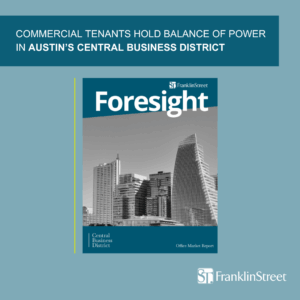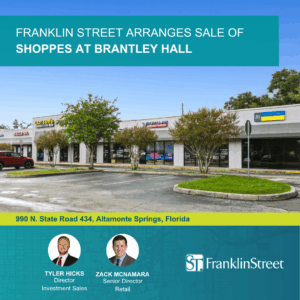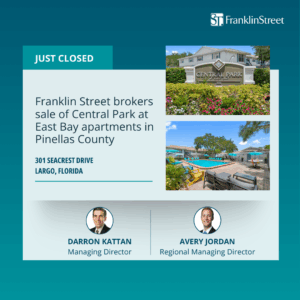As the years roll by without a hurricane, the already soft commercial insurance market continues to liquefy, offering bargains to those who are willing to shop, observers say.
Rates are at 10-year lows, said Gary Reshefsky, a principal at Century Risk Advisors, a full-service agency with offices in Coral Gables and Boca Raton.
“The leading type of insurance that drives our local economy is property insurance, and in this soft market you can negotiate very favorable terms and conditions for your clients.”
Part of the reason is the hurricane-free years since Katrina and Wilma, but the entrance of new players into the market has also had an impact, he said.
“In the past 12 months, there’s been an infusion of non-traditional capital into insurance companies, and that has caused rates to go down even more,” he said. Institutional investors such as pension funds are attracted to insurance companies as “short-tail” propositions that prove to be favorable investments – or not – within a year or so.
They’re looking for a quick return and they are investing in catastrophic insurance now because they are not able to get the return in other places,” Mr. Reshefsky said.
Even if hurricane does hit South Florida, he doesn’t see institutional investors fleeing the state, as they have recognized a good investment opportunity, he added.
Meanwhile, on the flood insurance front, some are still waiting for the other shoe to drop on last year’s changes to requirements for commercial properties.
Beginning in April 2015, the federal government – which up until then had been the primary provided for flood insurance – introduced a per-policy fee of $250, a $45 surcharge, a 15% fee to build up reserve and a 15% fee to build up reserve and a 15% across-the-board rate hike. In addition, it raised the required limits, which used to be $250,000, to $500,000. And while the government can’t force anyone to carry flood insurance, lenders can, said Ryan Cassidy, senior director of Franklin StreetInsurance Services.
“Lenders who did not catch the changes last year can require clients to carry the highest limits, which will automatically increase the premiums,” he said recently. “We expect a lot of people to get caught with it this year or the year following.”
Insurance policies are renewed yearly, but sometimes lenders don’t notice the changes until they audit the files, he explained.
Rates are rising, he said. “I’m seeing a trend in the upwards direction, up to a more reasonable number to protect what’s really an overleverages market.”
The payouts after Superstorm Sandy in 2012 were extreme, Mr. Cassidy said, and lenders don’t require flood insurance everywhere, so the burden was strongly felt in the areas most likely to get hit, including the Atlantic coastline.
With rates on the rise and money to be made, private companies are getting into the flood insurance business, he added. “They are coming out of the woodwork, now that premiums are going up.”
Private companies entering what has historically been a government-run marketplace is good news for businesses that need coverage, Mr. Reshefsky said.
“A lot of companies are now writing primary flood insurance, which is a new development,” he said. “We can negotiate better terms and conditions.”
For instance, traditionally the owner had to assume the first 5% of flood losses as a deductible, but now that competition has heated up, in some cases that deductible can be negotiated down to 1% and the insured will still pay the same premium.
Nevertheless, some insurers, he said, will always wary of doing business in South Florida. “They’re afraid of Miami” because of the area’s reputation for excessive litigation. “We are at a bit of disadvantage there.”



